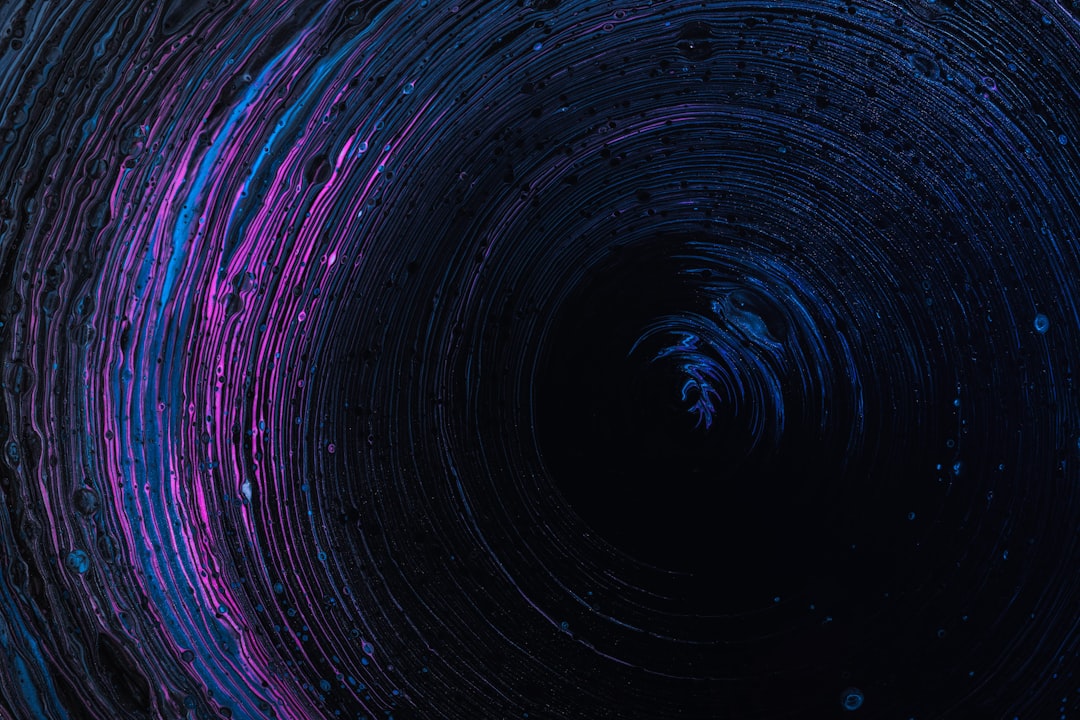What is it about?
We propose a method for automatically detecting channel geobodies in 3D seismic volumes with an encoder-decoder convolutional neural network. Although the deep learning architecture is trained on 3D synthetic seismic volumes, it can successfully detect channel geobodies in 3D field datasets without any human-generated seismic attributes. The proposed method also helps interpreters involve in judging and polishing the results with an uncertainty estimation.
Featured Image

Photo by Wynand Uys on Unsplash
Why is it important?
Our proposed method can speed-up the interpretation workflow in oil and gas industry. The outputs are not seismic attributes, but they can isolate 3D channel geobodies in seismic volumes. Moreover, with a model uncertainty volume, interpreters can manually judge and improve the results from deep learning architecture.
Perspectives
I hope the idea of training a deep learning architecture on 3D realistic, synthetic seismic volumes created from knowledge of experts from geologists, geophysicists, and petroleum engineer, then applying the trained model on 3D field seismic volumes to automatically detect 3D channel geobodies, can be a future trend in the interpretation workflow. Our method does not exclude the role of interpreters, but it helps interpreters involve in the process of judging and polishing the results from deep learning model with uncertainty estimation.
Nam Pham
University of Texas at Austin
Read the Original
This page is a summary of: Automatic channel detection using deep learning, Interpretation, April 2019, Society of Exploration Geophysicists,
DOI: 10.1190/int-2018-0202.1.
You can read the full text:
Resources
Contributors
The following have contributed to this page










